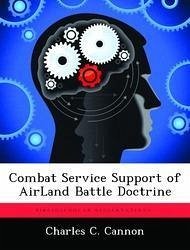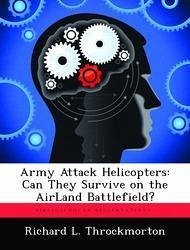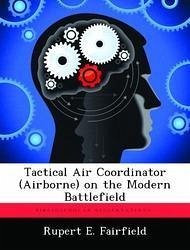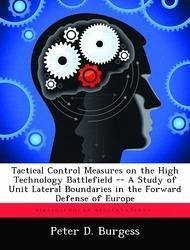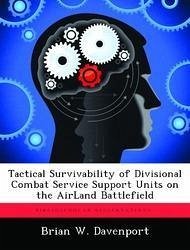
Tactical Survivability of Divisional Combat Service Support Units on the AirLand Battlefield
Versandkostenfrei!
Nicht lieferbar
This study examines the problem of tactical survivability for divisional CSS units on the AirLand battlefield. In exploring this issue the study focuses on (1) Soviet threat forces capable of interdicting divisional rear areas; (2) the US Army's rear battle doctrine outlining tactical responsibilities for CSS units; and (3) the tactical adequacy of current CSS equipment and training. The Soviet Union in its military doctrine and force structuring continues to place great emphasis on developing multiple techniques and means to exploit deep into the enemy's rear areas. The US Army's rear battle ...
This study examines the problem of tactical survivability for divisional CSS units on the AirLand battlefield. In exploring this issue the study focuses on (1) Soviet threat forces capable of interdicting divisional rear areas; (2) the US Army's rear battle doctrine outlining tactical responsibilities for CSS units; and (3) the tactical adequacy of current CSS equipment and training. The Soviet Union in its military doctrine and force structuring continues to place great emphasis on developing multiple techniques and means to exploit deep into the enemy's rear areas. The US Army's rear battle doctrine relies upon a system of mobile reaction forces and static defenses to protect our rear areas from the Soviet threat. Reaction forces by design are committed to a situation after the fact, therefore, CSS units will initially be required to engage enemy combat forces, a mission for which they are poorly equipped and inadequately trained. The development and fielding of survivable CSS equipment has not kept pace with weapons development in our combat units. CSS training has not placed an adequate emphasis on developing tactical skills in CSS organizations or its soldiers. The concentration of effort in CSS training is on technical skill training. The study concludes that divisional CSS units are not adequately equipped or tactically trained to survive on the AirLand battlefield. The study also includes recommendations to overcome the perceived shortfalls in CSS equipment and training. This work has been selected by scholars as being culturally important, and is part of the knowledge base of civilization as we know it. This work was reproduced from the original artifact, and remains as true to the original work as possible. Therefore, you will see the original copyright references, library stamps (as most of these works have been housed in our most important libraries around the world), and other notations in the work. This work is in the public domain in the United States of America, and possibly other nations. Within the United States, you may freely copy and distribute this work, as no entity (individual or corporate) has a copyright on the body of the work. As a reproduction of a historical artifact, this work may contain missing or blurred pages, poor pictures, errant marks, etc. Scholars believe, and we concur, that this work is important enough to be preserved, reproduced, and made generally available to the public. We appreciate your support of the preservation process, and thank you for being an important part of keeping this knowledge alive and relevant.




